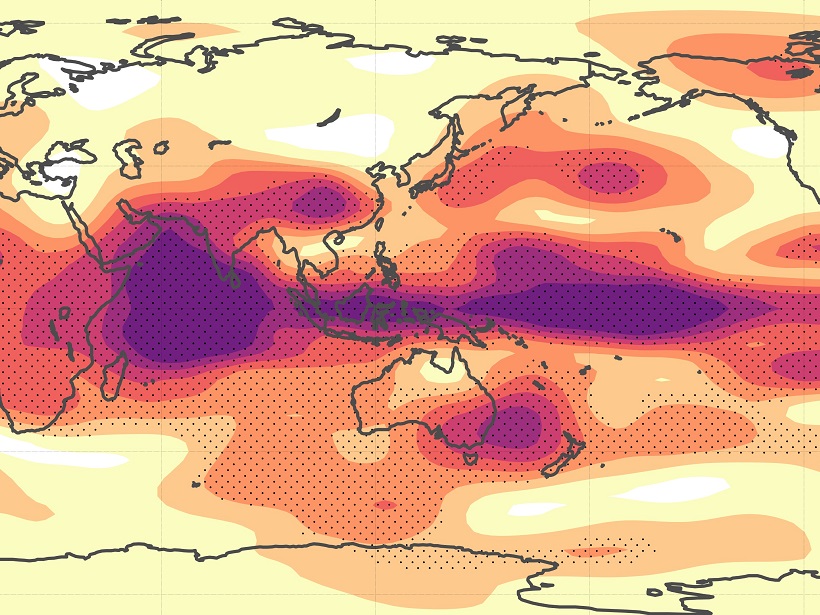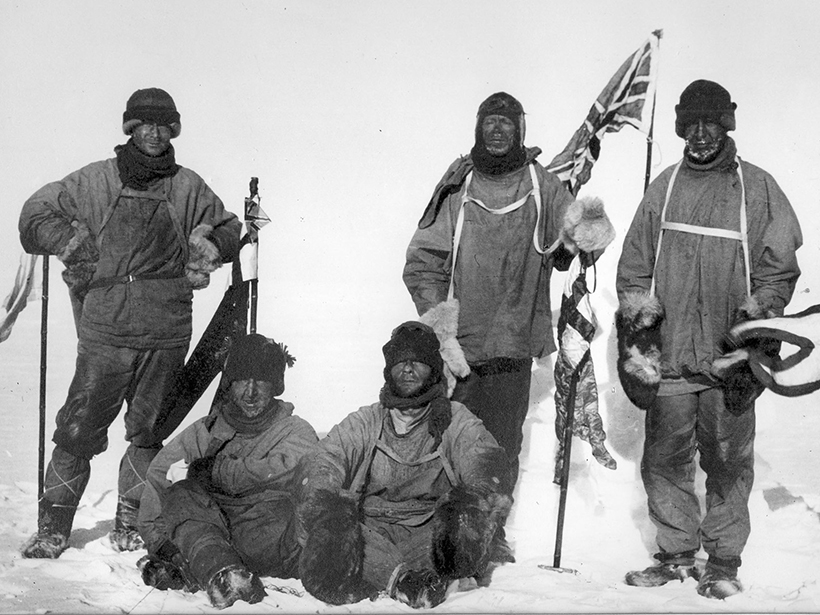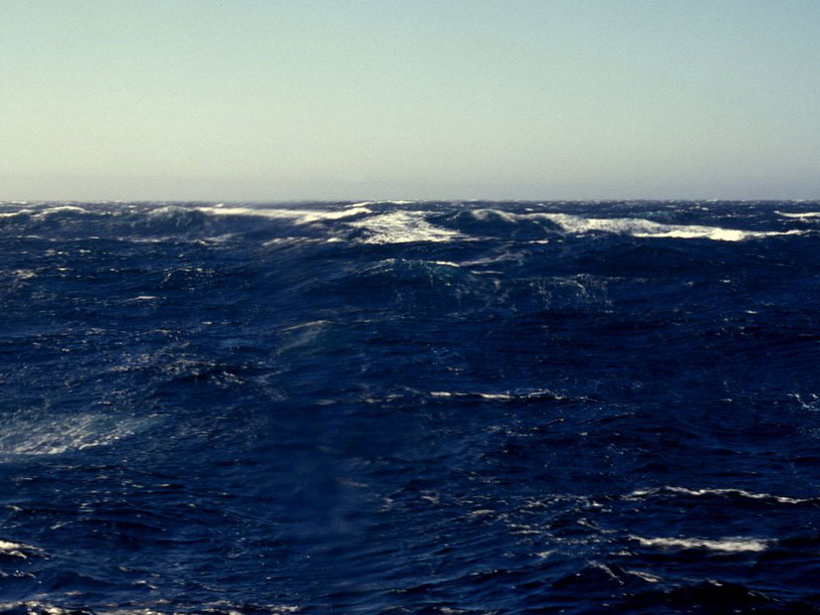A new index for quantifying regional sensitivities to the influence of periodic events.
weather
Podcast: A Tale of Two Journeys
In the latest episode of its Centennial series, AGU’s Third Pod from the Sun tells the story of two parties journeying to the South Pole in 1911 and the extraordinary impact that weather had on their travels.
Polar Vortex Deformations Change Tidal Weather in the Mesosphere
Wind observations made by a high-latitude radar network shed new light on the rapid response of atmospheric tides in the upper mesosphere to stratospheric sudden warmings.
Can Patches of Cold Air Cause Thunderstorms to Cluster?
Small-scale collisions between pools of cold air may play an important role in organizing hurricanes and other crucial atmospheric phenomena, according to newly developed conceptual models.
Take Weather Prediction with a Grain of Salt and It Gets Better
Sea surface salinity is starting to rival other methods for seasonal rain forecasting.
Precipitation in the Tropics: A New View
The first study to simultaneously investigate precipitation and cloud structures in tropical weather systems concludes observation systems significantly overestimate the height of raining clouds.
Weather-Induced Tsunami Waves Regularly Roll Up on U.S. Shores
Roughly 25 meteotsunamis strike coastlines between Maine and Puerto Rico each year, tide gauge data reveal.
Westward Expansion, Technology, and Tornado Fatalities
By mining records from 1808 to 2017, researchers can now show just how many lives have likely been saved by technology like radar.
Humming Ice Shelf Changes Its Seismic Tune with the Weather
Seismic waves resonating within the upper layers of the Ross ice shelf could help scientists monitor the Antarctic melt season and understand factors that could lead to sudden ice shelf collapse.
Windy Weather in the Thermosphere
The weather in the thermosphere includes winds that buffet spacecraft as they orbit the Earth, but how well can these winds be modeled?










